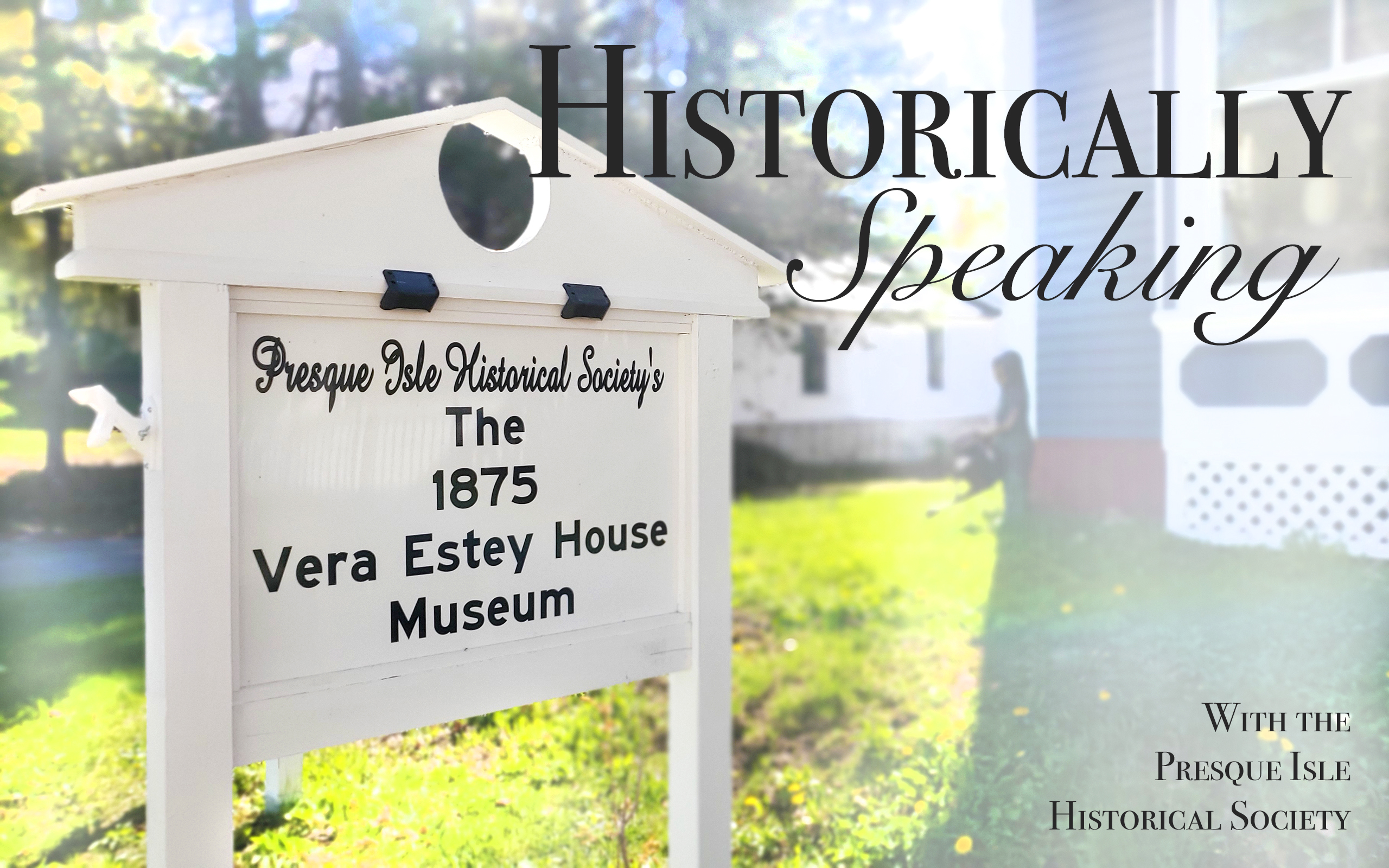Those who lived during the Victorian Era (when Queen Victoria reigned in England, 1837-1901) were unique individuals. The Victorians pretty much had rules for how you did everything – how to dressed when out in public, how to date or “court,” how to call on or visit neighbors, and even how to mourn the loss of a loved one.
Many of their everyday practices would be considered weird, strange and downright morbid by today’s society. Examples would be creepy Christmas cards, hidden mother photography, and certainly “memento mori.”
Memento mori involved the practice of photographing loved ones after their death. The concept, however, was not new. Prior to the advent of photography, the practice of capturing the image of our deceased loved ones can be found in paintings and sketches. Photography was a new technology during that time period. Death portraiture in photographs became a common practice for almost 100 years from about 1839 to the 1930s. The photographs were part of the odd Victorian mourning process along with wearing black, covering mirrors and stopping clocks.
It is often said that the Victorians were obsessed with death. Perhaps this was because deaths were frequent during the Victorian Era, especially with a high rate of infant mortality. Many children during this era passed before their fifth birthdays.
Epidemics were frequent (diphtheria, typhus, cholera) and childhood diseases such as measles, scarlet fever and rubella were often fatal at that time. For example, Susan Mitchell Hooper Duff was considered one of the first teachers in Aroostook County and resided in Maysville, which was annexed by Presque Isle in 1883. She contracted diphtheria, as did her three older children, during the epidemic of 1849. By the time Susan recovered, all of her children ranging in age from 5 months to 6 years had been buried.
As a result of the high death rate, Victorians opted to take photographs of their deceased loved ones. Those may have been the only photographs of those people to exist. As such, post-mortem photographs were of great value and sentimentality to the family.
Photographers at the time charged high fees for these photos. It was indeed a complicated genre for the photographer, who had to balance the sensibilities of the family in mourning as well as the science of the equipment and use of props.
For us today, we may view this as gruesome, but in Victorian times, it was done lovingly and with respect. It was a way to honor the memories of their loved ones and often helped with the grieving process.
Kimberly R. Smith is the secretary/treasurer of the Presque Isle Historical Society.








